They’re great for the environment, help to make homes more comfortable, and they’re beneficial for your bottom line, saving you money on your utility bills each month – it’s hard to see a downside for making your new home as energy-efficient as possible.
As you design and furnish your new home, it’s worth prioritizing energy efficiency throughout the property. From energy-efficient lighting and the latest green-friendly appliances to smart design and careful insulation, strategic moves will save you about $500 per year on utility bills.
If you’re not sure where to start, here’s a look at the eight ways homeowners can make their new home as energy-efficient as possible.
Choose Energy Efficient Appliances and Electronics
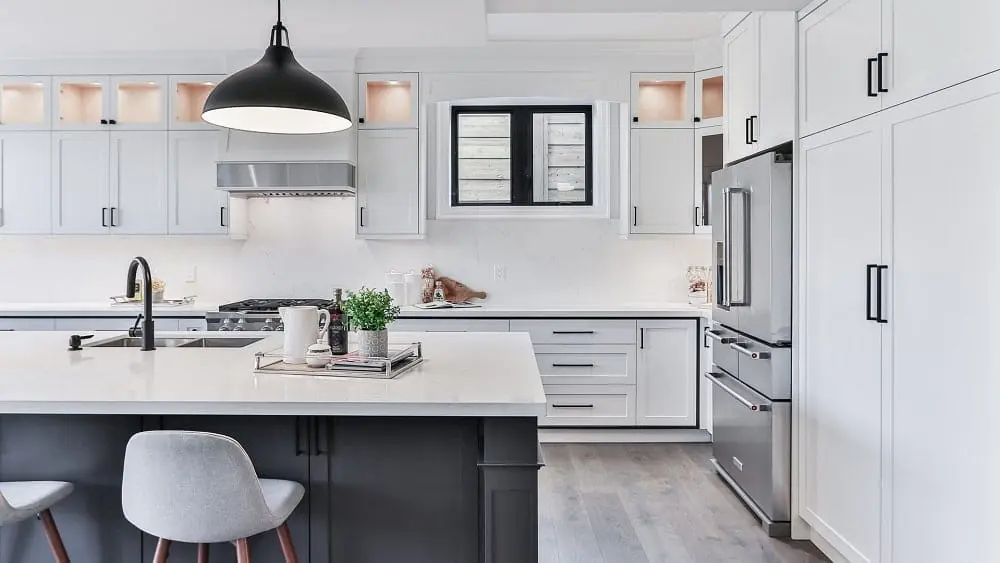
Put a dent in your utility bills from the start by fitting your new home with Energy Star-labeled appliances. From your refrigerator to your dishwasher and washing machine, household appliances eat up 20 to 25 percent of your home’s total utility bill.
Energy Star-certified appliances use anywhere from 10 to 50 percent less energy per year compared to their counterparts that meet the minimum energy efficiency standard. Here’s a closer look at what that means for your wallet:
- The average American family washes about 300 loads of laundry each year. Energy Star washing machines use 25 percent less energy and 33 percent less water than regular washers. Over the lifetime of the product, Energy Star models save households $370.
- Energy-efficient clothes dryers use 20 percent less electricity, saving households $210 in electric bills over the appliance’s lifetime. They also use smart sensors to detect when your laundry is dry, preventing wear and tear on your family’s clothes.
- A standard Energy Star dishwasher costs just $35 per year to run and will save you an average of 3,870 gallons of water over its lifetime.
Whether you’re shopping for a new television or refrigerator, look for the blue and white Energy Star labels. They’ll usually state how much you could save each month and over your appliance’s lifetime. You can check out Energy Star Product Finder to choose the most cost-effective models to suit your home’s size and style.
Brighten up your Home with Natural Light and LEDs
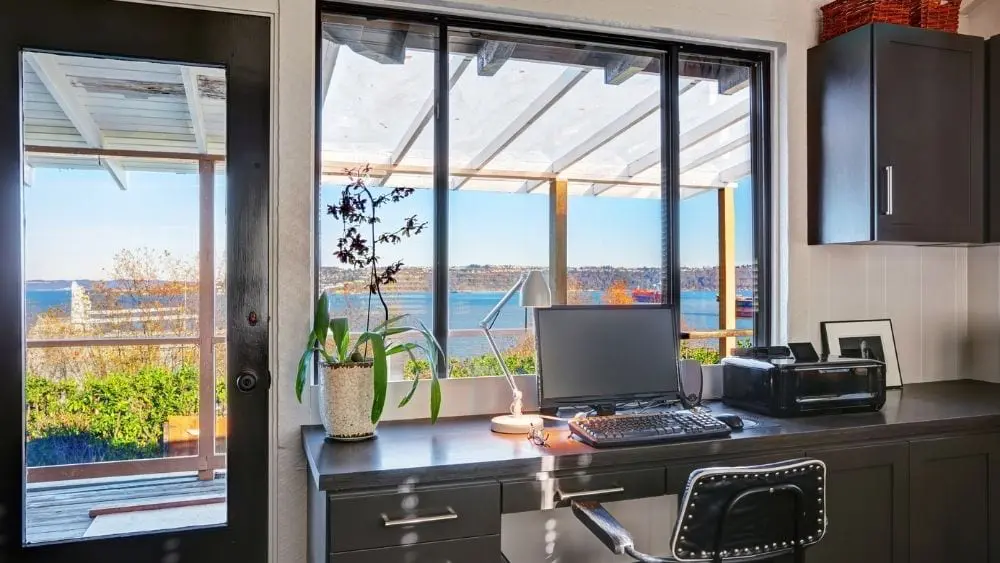
These days, new homes should be lit with LEDs (light-emitting diodes) or CFLs (compact fluorescent lamps) instead of incandescent lighting. LEDs, especially Energy Star-labeled ones, use at least 75 percent less energy and they last up to 25 times longer than incandescent lighting, according to government estimates. LEDs, for example, are built to last for about 50,000 hours compared to traditional lights which have enough juice for about 1,000 hours.
Lighting accounts for 10 percent of your electric bill, so this tactic will save you cash every month.
If you’re buying a home in a new development, take stock of your property’s orientation. The idea is to take advantage of your home’s natural light. Aim for a 14 percent window-to-floor area for the whole house, with about 50 percent of the windows on the south side of the property where most common living spaces should be. This way, you can make use of big, open windows and skylights illuminating the busiest rooms in your house throughout the day.
Build smart lighting into your home by installing sensors, dimmers, and timers to lower lighting consumption, too.
Seal up your Home
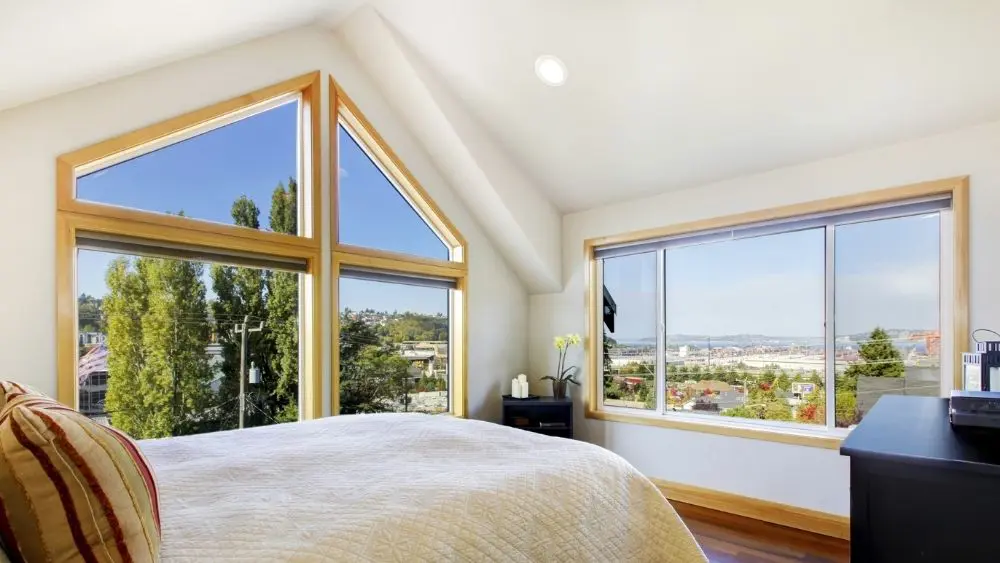
Heating and cooling loss through windows and doors are responsible for eating up 25 to 30 percent of the country’s residential heating and cooling costs, according to the U.S. Department of Energy. When you’re putting together the nuts and bolts of your new home, keep this statistic in mind and select the most energy-efficient windows and doors that you can afford. The last thing you want is your hard-earned money seeping out of your windows and doors, leaving your home drafty and cold.
When you’re selecting your windows, opt for Energy Star and NFRC (National Fenestration Rating Council) labels, and research your top picks’ energy performance ratings. You’ll end up with double, triple, or even quadruple-glazed windows that will slash heat loss by up to 30 percent compared to single-glazed windows.
With a second, third, or fourth pane of window glass, you’re creating extra barriers of insulation. These windows dramatically reduce outdoor noise and prevent condensation and mold build-up on frames. They’re another new home upgrade that’s usually inexpensive with quick results.
Ensure that your doors are made with fiberglass or insulated steel, and that the frame fits tightly with the appropriate air seals. If your doors have windows, make sure they’re at least double-glazed.
Get Insulated
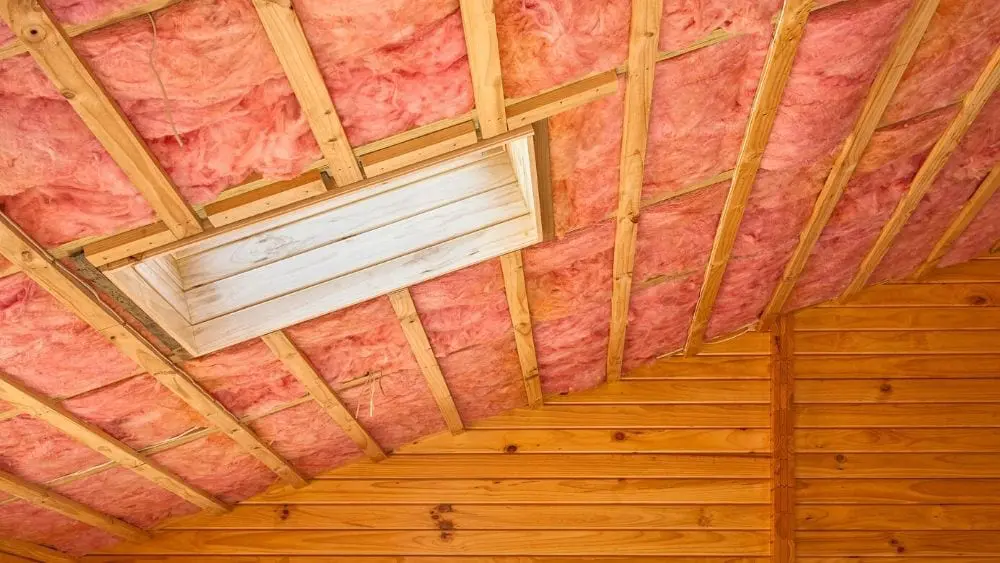
Pair your energy-efficient windows and doors with a solid insulation plan that involves every part of your home, from your basement to your attic. Here’s why: 25 percent of heat escapes through the roof, 35 percent through the walls, and 15 percent through the floor.
Talk to your builder to ensure you’re insulating all the right spaces, with the type and thickness of material that fits each room’s specific needs. The Zero Energy Project, a non-profit dedicated to helping homebuyers build net-zero energy homes, suggests ceilings, roofs and walls could benefit from densely-packed blown-in insulation, closed-cell spray foam, or rigid foam board insulation.
The Department of Energy recommends focusing on insulating these key areas throughout your home:
- Unfinished attic spaces and the attic access door
- Floors above unconditioned spaces, especially crawl spaces or unheated garages
- Exterior walls, especially in cold climates
- Ceilings with cold spaces above
- Basements, to protect against heat loss, condensation, and temperature swings
Ask your builder about sealing throughout the home to plug air leaks. Homeowners with aging homes usually use glue, caulk, foam, or weatherstripping to seal leaks, saving them more than 20 percent on heating per year.
With these steps, you may notice you don’t need to tamper with the heating and cooling, and your home is comfortable throughout all four seasons.
Use Landscaping to your Advantage
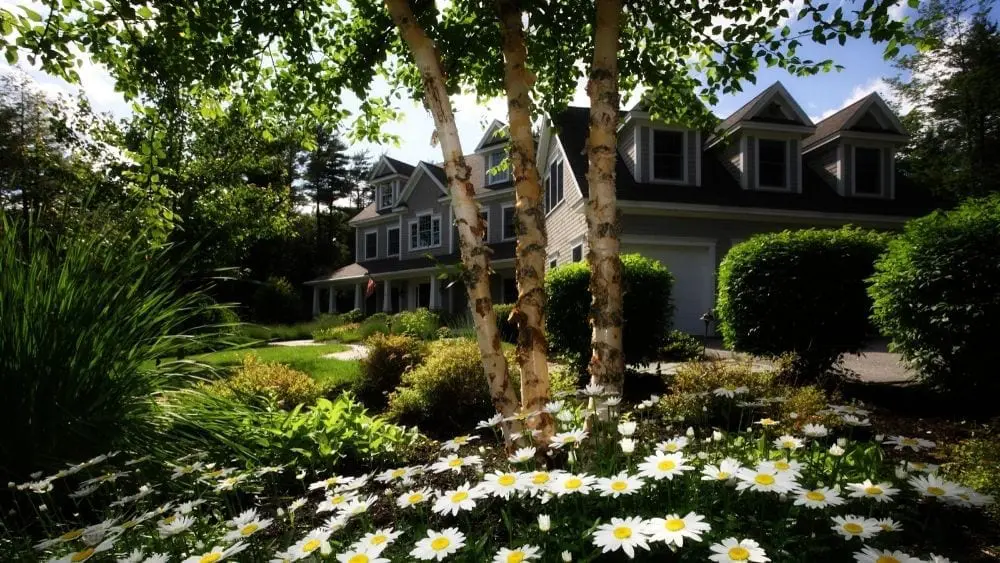
Strategic landscaping is a crucial – and easy – way to lower your overall energy costs. Well-designed landscaping saves up to 25 percent of the energy a typical household uses, according to the DoE.
If you want to cool your home, for example, place deciduous trees (think: oak, maple, or birch) along the southern side of your home. The trees will allow breezes to come through while blocking 90 percent of the sun.
If you want to insulate your home, line its perimeter with vines, shrubs, and bushes that will add an extra layer of protection to the exterior.
You can even build a windbreak of trees and shrubs along the north and northwest sides of your home to deflect those blustery winter winds.
Make use of your home’s overall layout, too: If you’re building a home from the ground up – including lot selection – work with your builder and architect to pick a space that’s flat, with access to unobstructed sun and little exposure to the weather, according to the Zero Energy Project.
Go Green with your Water Heater
Twenty percent of your home’s energy usage is spent on heating water for showers, baths, laundry, and other household chores. The DoE says water heating is the second largest expense for utility bills, costing about $400 to $600 per year.
Avoid overpaying by choosing an Energy Star certified heat pump water heat – it will consume 70 percent less energy on average and can help a family of four save hundreds of dollars annually, compared to a standard electric water heater.
Be tactical about the placement of your water heater, too. If you live in a warm climate, the best spot for an HPWH is in a cool, conditioned area of the home like an unheated garage or basement. You may also decide to place the water heater close to sinks, showers, or appliances where the hot water will be used. Another tip: short hot water pipes will save energy and water.
Install water-saving faucets and showerheads, which save one gallon per minute or less. These gadgets are $10 to $20 apiece but will yield you savings of 25 to 60 percent, according to government estimates.
Heat and Cool your Home the Green Way
Here’s another round of stats every homeowner should pay attention to: The average American household spends almost half of their annual energy bill to heat and cool their home. That’s more than $900 per year.
If just one in 10 households shifted to energy-efficient HVAC systems, the country would prevent 13 billion pounds of greenhouse gas emissions per year, which is the equivalent of driving 1.2 million cars. That 10 percent would save up to one-third on their energy bills, too.
When you’re thinking of how to heat and cool your new home, try these strategies:
- Invest in Energy Star-certified air conditioners, which are 15 percent more efficient than standard models.
- Install a geothermal heat pump, which is 45 percent more efficient than furnaces and boilers. Bonus: Heat pumps do double duty with cooling, making them useful year-round.
- Consider air-source heat pumps, which transfer heat between the inside and outside of your home to maintain a comfortable temperature year-round.
- Program a smart thermostat so it can adjust your home’s temperature throughout the day to fit your family’s needs. If you regularly have a high energy bill, this addition alone can save $100 per year on heating and cooling.
- Install ceiling fans in rooms in lieu of traditional AC. Ceiling fans can get the job done using just 10 percent of the energy used from a central air conditioner.
Invest in Solar Energy
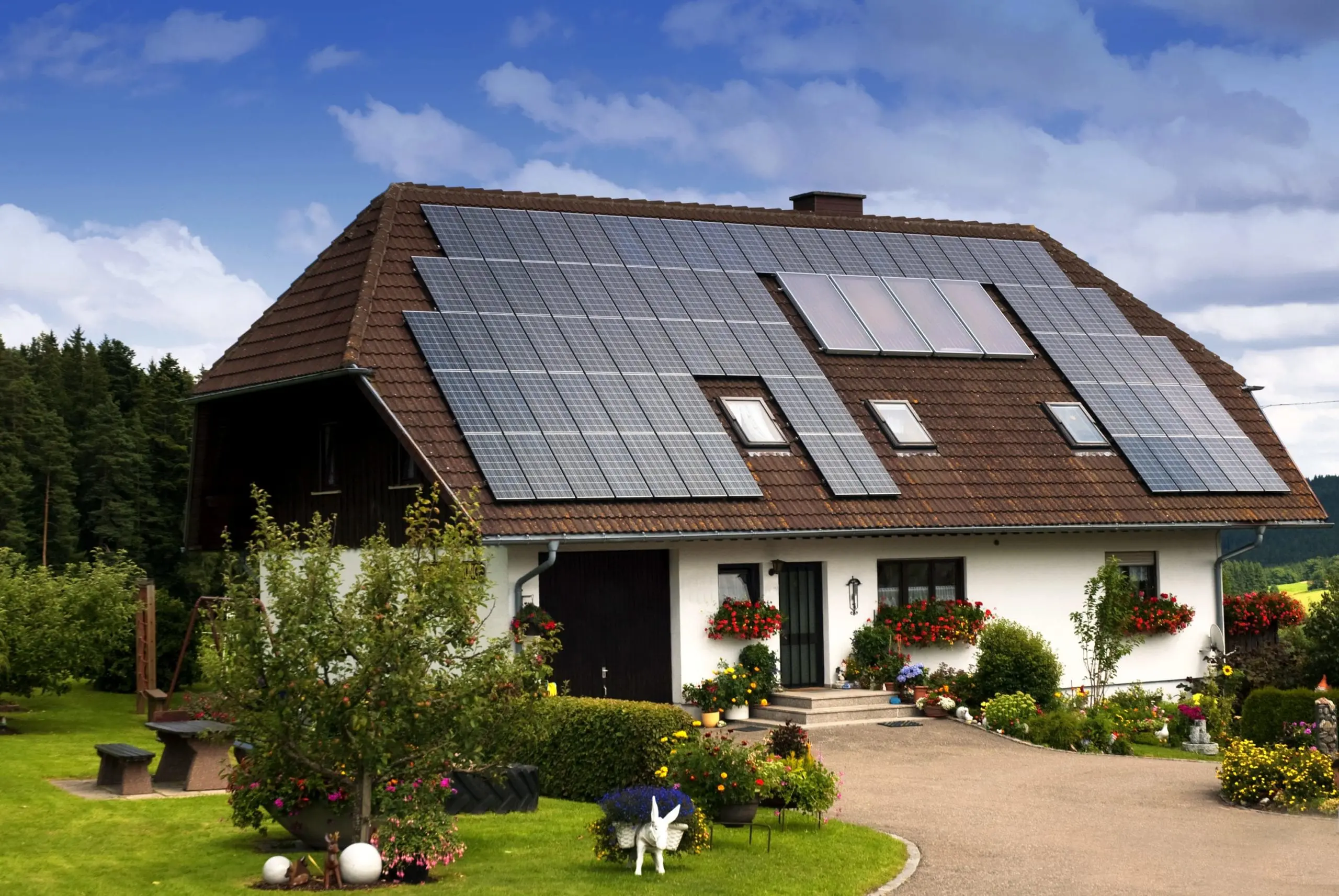
If you want to go the extra mile on energy efficiency, consider installing solar panels on your property to source your own clean, renewable electricity. The initial investment is steep, but you’ll recoup the costs by stabilizing your electricity bill over the next few decades in your new home.
Since solar panels have become more mainstream, their upfront cost has fallen by more than 70 percent over the last decade. In 2008, they averaged $8 per watt produced but now the average cost is about $3.14 per watt. You can also make use of federal tax investment credits for solar, which will cut the total cost by 26 percent.
After applying solar tax credits, the typical cost for a solar panel system for an average-sized home in the U.S. is about $11,144, according to Consumers Affairs, a U.S. non-profit. If you’re looking for just a few panels to help offset your electricity bills, estimate paying about $200 per panel (or $1 per watt).

Carmen Chai is an award-winning Canadian journalist who has lived and reported from major cities such as Vancouver, Toronto, London and Paris. For NewHomeSource, Carmen covers a variety of topics, including insurance, mortgages, and more.
 Your Guide to Building a Home in Ohio
Your Guide to Building a Home in Ohio